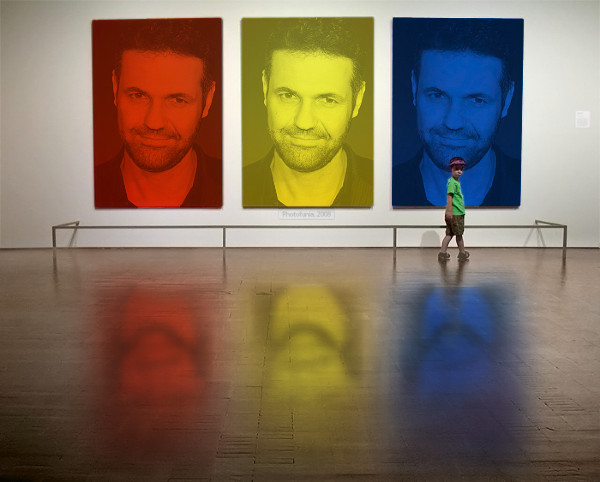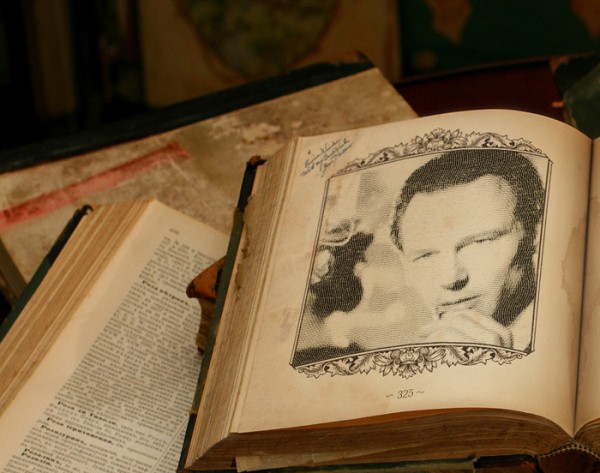Monthly Archives: November 2008
Check out this post

If you are studying The Kite Runner check out this post on my scholarship@kkc blog.
Atticus and his heroic journey
A hero is often considered to be someone born with outstanding ability, courage, and bravery but are they born that way? Some heroes you are familiar with have forged their strength and character through their experiences. Their bravery and courage are developed in spite of fear and human failings. Dorothy in The Wizard of Oz must travel with her companions to develop qualities of courage, heart and brain before she can return home. In the film Titanic, Rose must learn to take hold of her own life and make it truly her own. The steps in a hero’s journey were developed by American Joseph Campbell and I have put a simple version of them below.
Steps in a Hero’s Journey:
- The hero receives a call to go on a journey for a specific purpose.
- The hero fights for truth and justice against the forces of evil.
- The hero has special qualities that make him the right person for the task.
- The hero learns something about himself in the process of the quest and gains strength and wisdom.
- Those on the side of evil try to prevent the hero from reaching his goal.
- The hero may be tested and have to display courage and skill.
- Before reaching his goal the hero faces a final dangerous and difficult ordeal.
- The hero reaches his goal and is rewarded and remembered for his achievement.
Now this model fits Atticus Finch in To Kill a Mockingbird as for most people he is a truly heroic character. He stands up for what he believes in despite the personal cost to himself and his family. Atticus tells Scout that if he didn’t defend Tom Robinson he wouldn’t be able to hold up his head because “before I can live with other folks I’ve got to live with myself. The one thing that doesn’t abide by majority rule is a person’s conscience.” When Atticus agrees to represent Tom he is set on a journey – a hero’s journey.
Another Year 9 Essay
I have added another exam essay from a Year 9 student. The essay was written in an exam and it is about the novel Holes. What do you think about it?

Describe a character who changed during the text. Explain why this change occurred.
An important character who changed in the novel, ‘Holes’ by Louis Sacher was the character Stanley Yelnats. At the start of the novel ‘Holes’ Stanley had no friends, he was overweight and lived in a poor family with his mother, father and grandfather. As a result he was dull and quiet and he wasn’t respected by his classmates, Stanley’s teacher even used Stanley as an example of a ratio; three times heavier than the smallest boy in his class.
When Stanley was wrongly committed of stealing Clyde Livingstone a famous baseball player’s shoes and sent to Camp Green Lake he had a great shock. Stanley had to dig a hole each day the same height and width of his shovel and this resulted in him losing weight and becoming fitter.
At Camp Green Lake Stanley also met a group of people, who because they came from poor backgrounds and were brought up badly didn’t judge Stanley straight away and saw the potential character inside him. As a result of good friends such as a boy called Zero, Stanley learned to respect himself and stand up for himself. Later in the novel this lead to him rescuing Zero and trying to find treasure which was rightfully his.
At the end of ‘Holes’ Stanley was richer and respected by people for what he did for Zero, and could stand up for himself because of going to Camp Green Lake.
Maths Revision Video
With the exams coming up I am sure that some of you would welcome some help with revising your maths. Let Ma and Pa Kettle help.
Level Two Essay on The Kite Runner
I have added an extract from Toby’s essay on The KIte Runner. To read the whole essay go to the Year 12 page. What do you think of the essay?
![]()
Analyse how one character’s attempts to solve a problem were important to the text as a whole.
“I ran.” The decision made by the protagonist Amir, in Khaled Hosseini’s novel The Kite Runner, creates a conflict between Amir and his best friend Hassan, a Hazara. But the true conflict of the novel lies within Amir himself: the conflict between Amir, and his conscience. Amir’s extreme guilt carries through into his new life, forcing him to confront the demons of his past. It is paramount that Amir atones for his past sins, as the reader also feels trapped by Amir’s guilt. The reader yearns for Amir to make things right, because it is evident that he is still haunted by his decision.
What to do at Level Two
Naturally, the primary purpose of an essay on a literary text is to provide an interpretation of that text. In so doing, an essay needs to move beyond a description of characters and events to an analysis of the different elements of the text.
This analysis should bear in mind that the world that is presented in the text may well be fundamentally different from the world in which you live. Therefore, in analysing the characters and events of a text, you will need to take an “imaginative leap” into the moral and social framework of that text, imagining how such characters and events would be judged from within that framework.
The following essay questions are designed to highlight these two different aspects of interpreting texts: narrative vs. analysis and making judgements. All questions would be suitable for The Kite Runner or To Kill a Mockingbird.
- Analyse how ONE main character or individual changed to become more (OR less) admirable.
- Analyse how features of ONE important section made it particularly effective.
- Analyse how the writer presented a positive OR negative view of humanity and / or society.
- Analyse how ONE OR MORE symbols were used to present an important idea or ideas.
- Analyse how a text strengthened or changed your opinion of a particular topic or issue.
- Analyse how the resolution of a main conflict was important to the text as a whole.
- Analyse techniques used to show changes in a main character or individual in a text you have studied AND why these changes were important to the text as a whole.
Remember our Glogs?

Earlier this year some of my classes made glogs. I have just had an email from a colleague that told me that Glogster is using our glogs as examples of student work to advertise their site to teachers around the world. How cool is that! If you want to have another look at your glogs go here.
Schindler Essay Introduction
Here is another question to try. It has already been started – how about finishing it?
Analyse how two or three production techniques helped develop your opinion of a main character/individual.
In the film Schindler’s List, by Steven Spielberg, an important character is that of Oskar Schindler. Throughout the film Schindler’s character changes from a charismatic business man, who has made his fortune through the cheap labour off the Jews held in labour camps, to a humble man, broken by the guilt that he could have done more, and saved ‘at least one more’ Jew. Spielberg carefully uses hand held camera shots, close up and point of view shots to help the viewer see Schindler as powerful, and charismatic at the start of the film, and as a man all-consumed by his guilt at the end.



